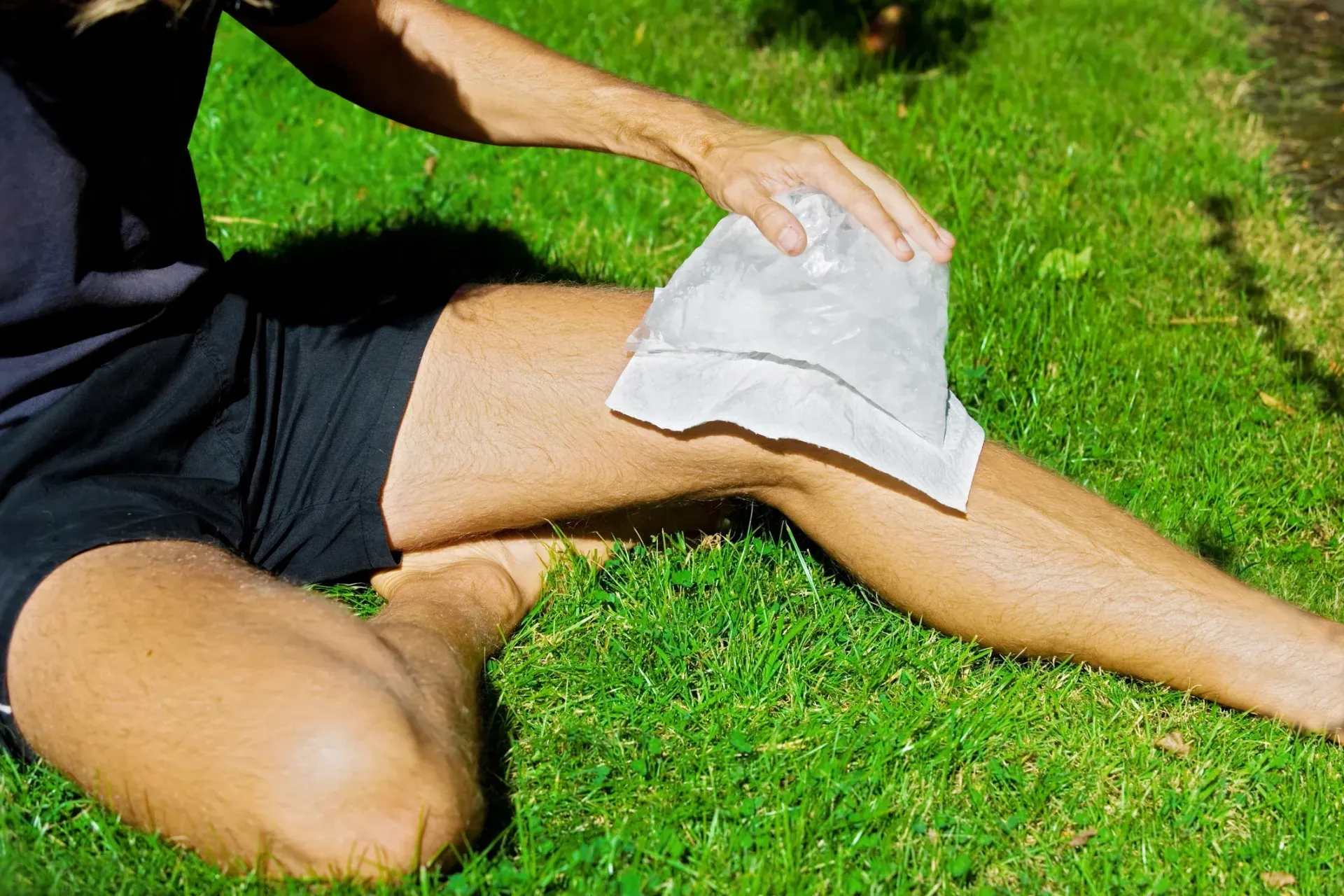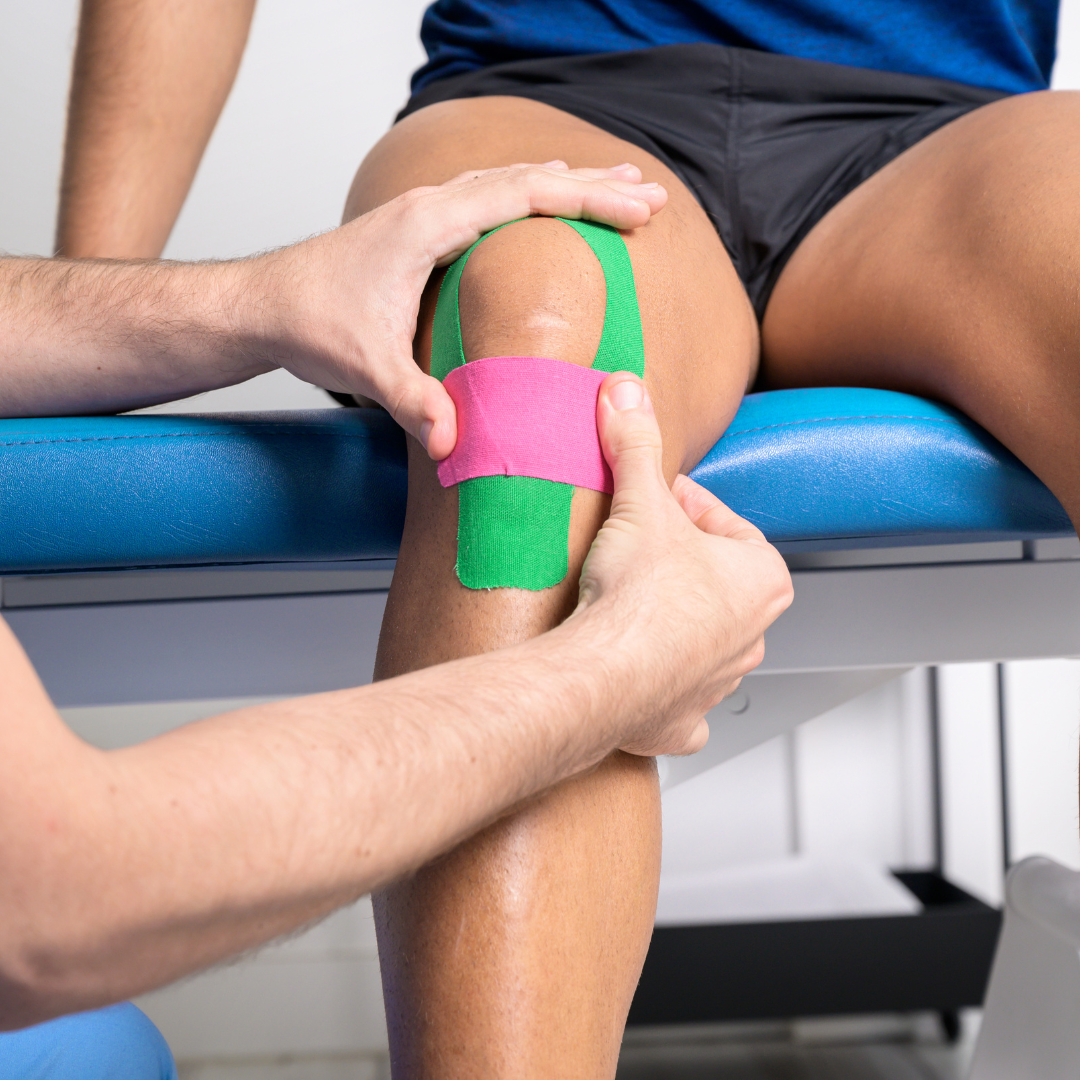From RICE to PEACE & LOVE: A Modern Guide to Soft Tissue Injury Recovery

Soft tissue injuries like sprains, strains, and muscle tears are common — whether you're an athlete, a weekend warrior, or just unlucky on the stairs. For decades, we've relied on acronyms like RICE, PRICE, and POLICE to guide the immediate management of these injuries. But as our understanding of healing and recovery has evolved, so too has the way we treat injuries.
Enter PEACE & LOVE — a modern, evidence-informed approach that does more than manage symptoms; it empowers recovery from the inside out.
A Quick Look at Traditional Protocols
Before diving into PEACE & LOVE, let’s rewind and review how injury management has changed over time:
- RICE (Rest, Ice, Compression, Elevation): Introduced in the late 1970s, this was the gold standard for decades. The focus was on immediate swelling and pain control.
- PRICE (Protection, Rest, Ice, Compression, Elevation): An updated version that added “Protection” to prevent further damage.
- POLICE (Protection, Optimal Loading, Ice, Compression, Elevation): A shift toward active recovery, where “Optimal Loading” replaced “Rest” — encouraging gentle movement instead of prolonged immobility.
These protocols still serve a purpose in early injury management, but newer research suggests that passive approaches may not always lead to the best outcomes.
PEACE & LOVE: A Holistic Approach to Healing
The PEACE & LOVE framework was developed to guide both the immediate (PEACE) and ongoing (LOVE) phases of soft tissue injury recovery. Unlike its predecessors, it focuses on patient education, mental well-being, and active engagement in healing.
PEACE – Immediate Care (First 1–3 Days)
P – Protect
Limit movement and avoid activities that worsen the pain. Crutches or a brace may help in the early stages.
E – Elevate
Raise the injured limb above heart level to reduce swelling - particularly useful in the first 24-48 hours.
A – Avoid
Anti-Inflammatories - NSAIDs may reduce pain but could interfere with the body's natural healing process in the early phase.
C – Compression
Use elastic bandages or wraps to minimise swelling and provide support.
E – Educate
Understanding your injury helps avoid unnecessary treatments. Empower yourself to make informed decisions.
LOVE - Long-Term Management (After Acute Phase)
L – Load
Start reintroducing movement and loading the tissue gradually. Let pain be your guide.
O – Optimism
A positive mindset is linked to better outcomes. Stay confident and trust the process.
V – Vascularisation
Engage in pain-free aerobic activity to improve blood flow and stimulate healing.
E – Exercise
Restore mobility, strength, and coordination with a tailored rehab program.
Why PEACE & LOVE Makes Sense Today
Unlike previous models, PEACE & LOVE:
- Acknowledges the psychological component of injury recovery
- Encourages active participation rather than passive treatments
- Promotes education, helping patients become advocates for their own care
- Is adaptable for all types of soft tissue injuries - from mild sprains to muscle tears
What’s the Best Protocol?
There’s no one-size-fits-all answer. RICE might be suitable in the first few hours post-injury. POLICE is a great transition protocol that begins loading earlier. But PEACE & LOVE is the most comprehensive - promoting recovery not just of the body, but also of the mind.
Final Thoughts: Healing Is a Journey
Recovering from a soft tissue injury is about more than just reducing swelling. It’s about respecting the body’s healing process, staying informed, and maintaining a positive mindset. Whether you’re nursing a sprained ankle or bouncing back from a muscle tear, remember:
"Treat the injury, but don't forget about to treat the person too."
With PEACE & LOVE, you're not just healing - you're learning, growing, and coming back stronger.
For more information about Midland Physiotherapy and how we can support you, contact us on:
📧 info@midlandphysio.co.uk
🌐 Book Online HERE



